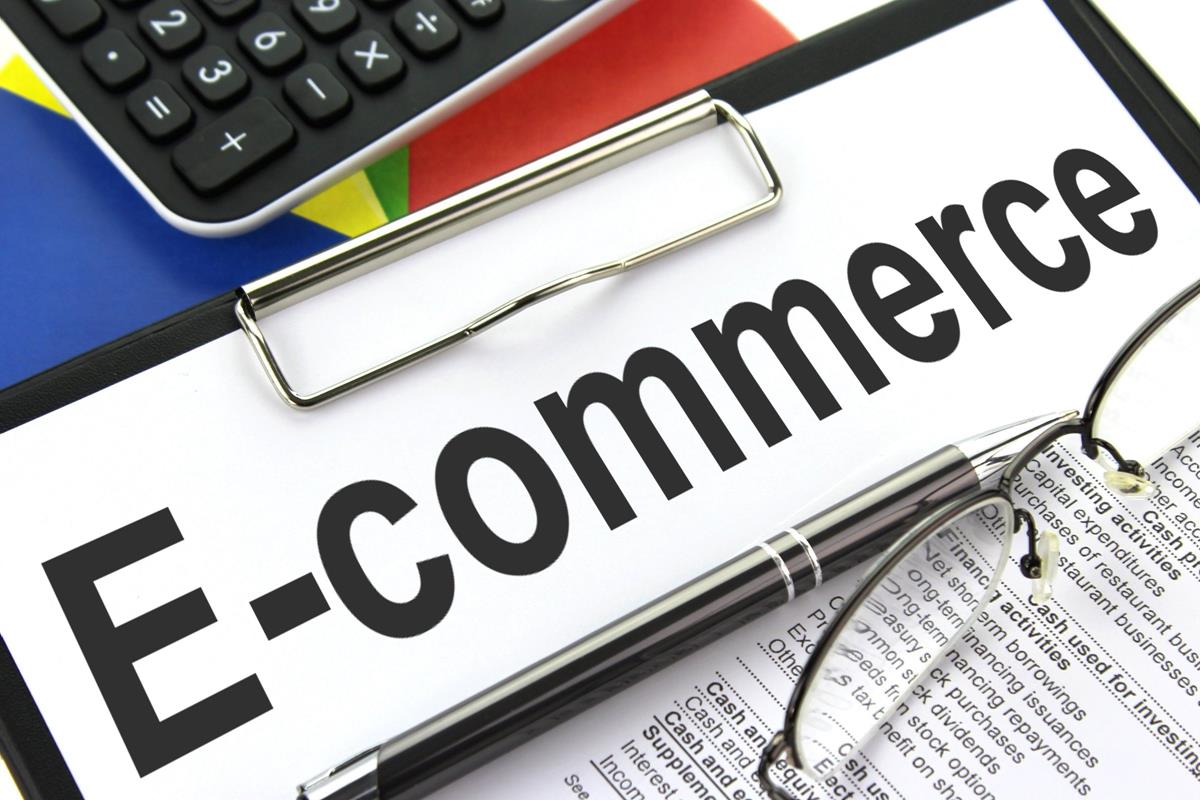The True Cost of Return Policies on e-Commerce Businesses

No one can deny the convenience of e-commerce. You can purchase anything you want from your laptops and mobile devices. With a few taps of your fingers, you can expect an item to be delivered to you in the next couple of days. But with people’s obsession with e-commerce also comes the inevitable downside to it: returns and exchanges. One of the first things that consumers look for before they purchase anything is the return policy. When your business has a great return policy, consumers can quickly add your items to their cart and check them out.
While this activity helps companies survive, the return and exchange of these products make them suffer. What will they do with returned products with opened packaging? How will they sell it for a profit? Do consumers want to buy open boxes?
In the past couple of years, returns amounted to at least 10% of the total retail sales. Consumers believe it is their right to return an item for free when they want to. They expect to return it easily and often at no cost to them. The trend is that retailers partner with companies that offer RMA management. As an added expense, it nibbles off the company’s profits, but it’s cheaper than the money lost when consumers decide never to patronize an e-commerce store again.
Caught Between Two Rocks
No retailer will want to receive a message from a customer asking for a return or exchange. It ruins the inventory and saddles the business with items it doesn’t think it can resell at the same price. Once the product has been sold, the retailers move on from it. They rarely expect consumers to return these items and for them to have to remarket these products.
Businesses see themselves between two rocks. On one hand, they want to offer exceptional return policies to their customers. They want to assure them that they will find no fault in their products. But on the other hand, they also have to deal with inventory issues and profit concerns. Every time a product is returned to retailers, they lose a chunk of money they would’ve otherwise earned.
Fashion Has Highest Return Rate
The fashion category has the highest rate of returns. Mistakes on sizes chosen are the top reason why items are returned. Is there a way around this? The coronavirus pandemic has essentially stopped consumers from ensuring they’re getting the right size from a store. In the past, all they need to do is visit a store with the same style, fit the shoes or clothes, and go back to the website and purchase the same items at a discount.
This, of course, is not possible with distancing measures in place. Instead, they purchase items with nary a thought because they believe returning and exchanging the goods should be a breeze. Some retailers jump at the chance of offering something consumers have always wanted—guaranteed and stress-free returns.
Free and easy return is not only a guarantee that consumers will buy from you again, but it is also the deciding factor why they buy in the first place. It’s the one thing that pushes customers to choose your company over others offering the same items. It separates you from your competitors.
Smarter Return Policies
But it also hurts the industry. So, what can a business do to offer a return policy and discourage it at the same time? How can they reduce the impact of such returns?
Better product descriptions, improved metadata, and improved customer engagement. These, among others, are some of the things that the e-commerce industry can do to serve customers better but reduce returns and exchanges, too. These will help counter the impact of product returns and exchanges.
In this ever-changing world of e-commerce, retailers must begin thinking about ways to improve their business operations but not sacrifice their capacity to earn. Although customer satisfaction is vital to a business’ success, sacrificing profit is not part of the deal. There needs to be a balance between consumer rights and the retailers’ profit-making capacity.




